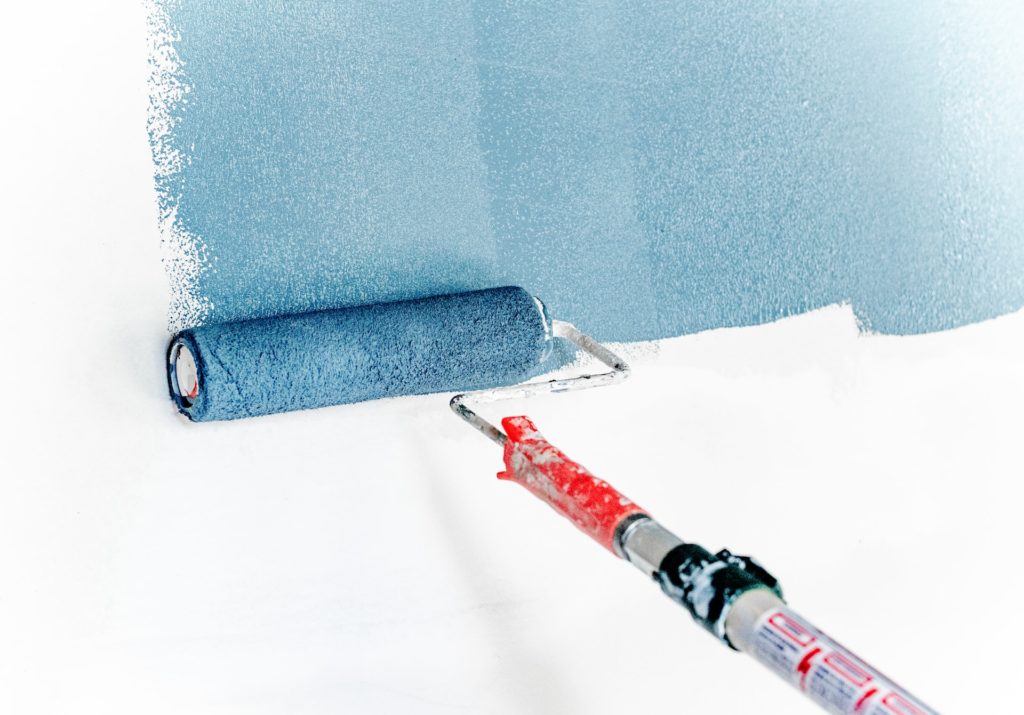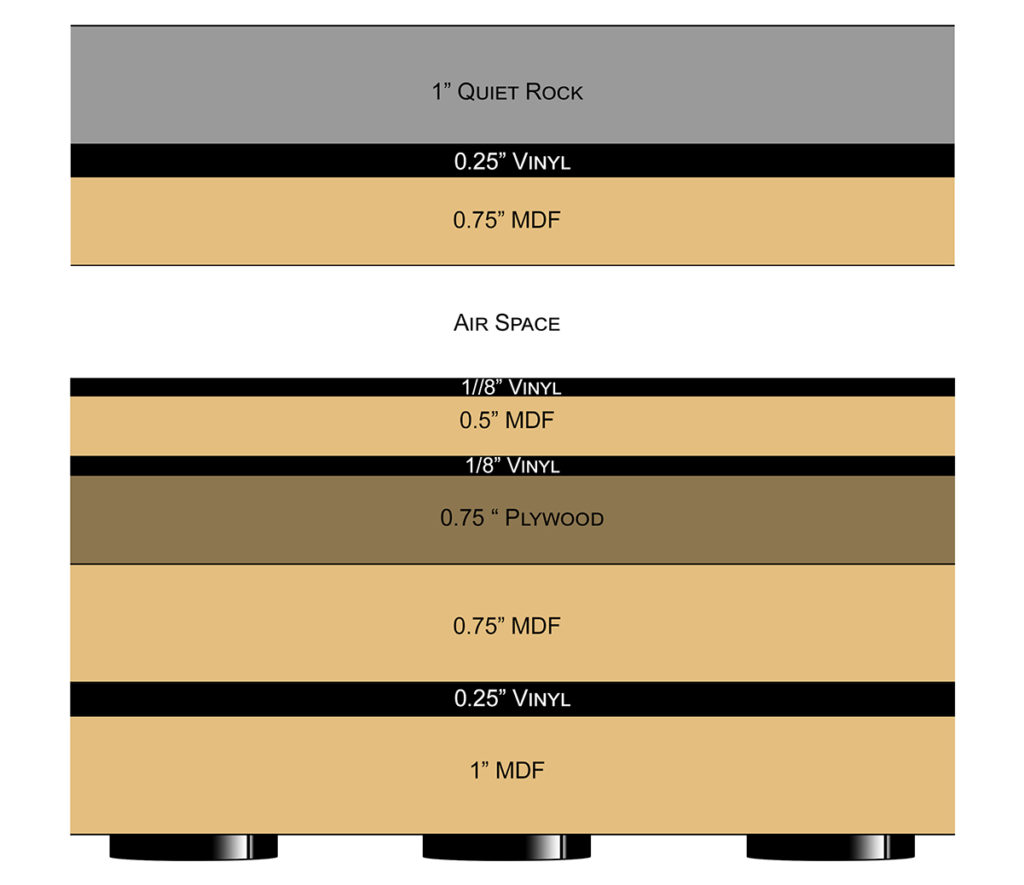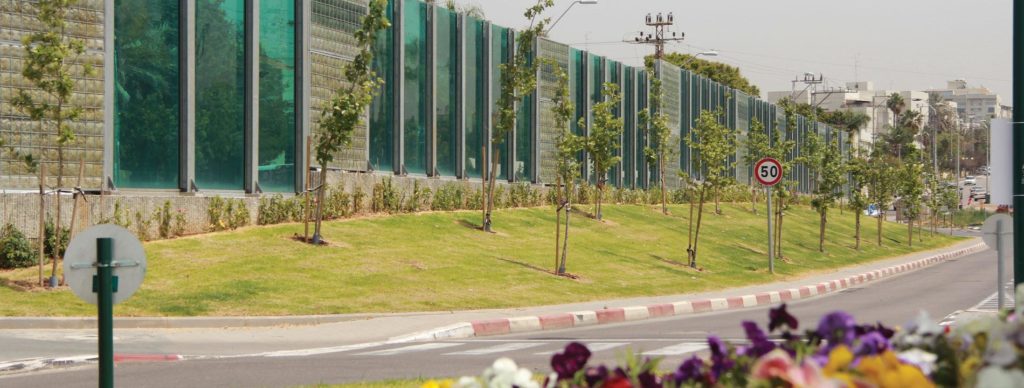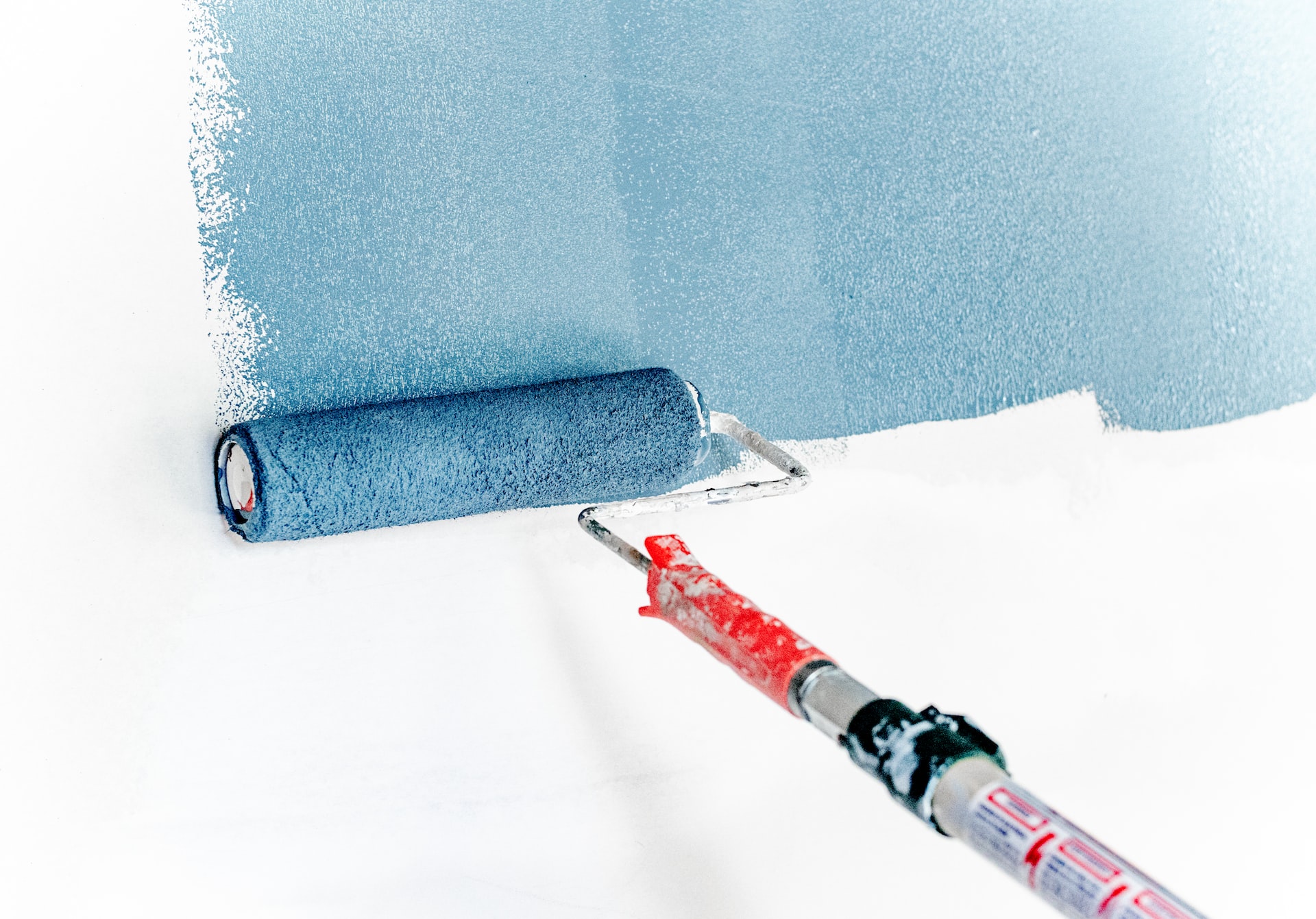
There is no such thing as soundproof painting. Paint is not a barrier technology. A barrier is a material or structure that you place between the source of the noise and the receiver of said noise. Barrier material types are frequency and amplitude specific. You must use the proper barrier material, arrange it using the proper vibration reducing methodology, and seal it across all surface areas.
What frequencies does soundproof painting (supposedly) work at?
The term soundproof painting is an insult to the intelligence of most people. It is marketing hype and spark filled with exaggeration and hyperbole. This term soundproof painting begs the question, What frequency and amplitude or strength of those frequencies does paint mitigate the transmission of? Does soundproof painting hinder lower frequencies or does it just apply to higher frequencies? If so, what frequencies does soundproof painting work at. The answer is none. At best, sound proof painting will be a sound absorbing technology at higher frequencies.

The truth about sound deadener paint
Let’s examine the words sound proofing. Nothing in sound is “proofed”. Noise transmission is the technical term. You can not reduce the transmission of noise with even the best soundproof paint. In order to reduce noise transmission, you must build a barrier between the source of the noise and the receiver. A barrier design along with the materials used within must be frequency and amplitude related to the noise issues you are trying to mitigate.
You must know what frequencies the noise is at. You must also know how strong each frequency is within the noise response you are facing. Noise frequencies that occur below 125 hz. are more difficult to mitigate and require thicker construction materials along with a different construction methodology. Noise issues above 125 hz. are much easier to address, use lighter weight materials and take up less space to construct.

Does soundproof paint work?
The acoustical industry is full of exaggeration and hyperbole. The industry often perverts the ignorance of the consumer and even the professional. The industry will take building insulation and call it a sound absorption technology even though it lacks the proper rates and levels of absorption for music and voice. The industry will take an open celled foam technology and label it a “bass trap” when foam can never absorb lower frequency energy. They also take a definition and pervert the product usage in order to sell products. A good example of this is corner “bass traps”.
The corners are not your problem!
The corners of your room are not your problem when it comes to managing lower frequency energy. The definition of unwanted low frequency pressure issues is the resonances that occur between two parallel walls not two parallel corners. Soundproof paint for walls is another example of this nonsense.
Designing a sound barrier
When you are dealing with noise transmission issues, you must always measure the noise issues that you are dealing with. Every noise issue has a frequency that it lives at. The frequency tells us if it is a low, middle, and higher frequency issue. The reason that all noise must be measured is that the materials you will use in your barrier design are frequency and amplitude dependent. You must know what frequency the noise is at and how strong it is.
The strength of the frequency is termed amplitude. You must also measure your noise issues over a week period. We must know what days the noise is at its maximum level and what days the noise is at its lowest level. You must then design the barrier to meet the maximum pressure issues that occur over the complete week. This will allow you to have a room that is noise free for the whole week. You will not have to pick your days to work within the room due to excessive noise issues.
There’s no easy fix in room acoustics
Noise issues are expensive to fix. You must build barriers that are frequency and amplitude dependent in order to mitigate the noise issues. Remember there is no such thing as sound proofing. Nothing is “proofed “. With noise, there are no absolutes. Noise is mitigated or managed to fall below the nuisance levels in your particular room usage. When you are dealing with noise in your critical listening room, you are building a ship that you will place in the ocean.
It must do two things extremely well. It must be strong enough to withstand the pressure exerted upon it by low frequency waves of energy. It must also be water tight. It can not leak. A small hole or opening in any part of the room structure will allow for sound to enter.
Sound is like water
Sound is just like water, it will find the weakest link and go through that opening. When we build new rooms with noise issues, we are looking at barrier costs that will be 5 – 6 times the cost of treating the inside of the room with absorption or diffusion. With noise, nothing is easy.








I want to thank you for the interesting site content. It was very useful for me. I want to follow your site. My favorite is acoustic.
If I had a question about the sound and its control methods, can I ask you?
I am grateful to you
Send your questions to info@acousticfields.com